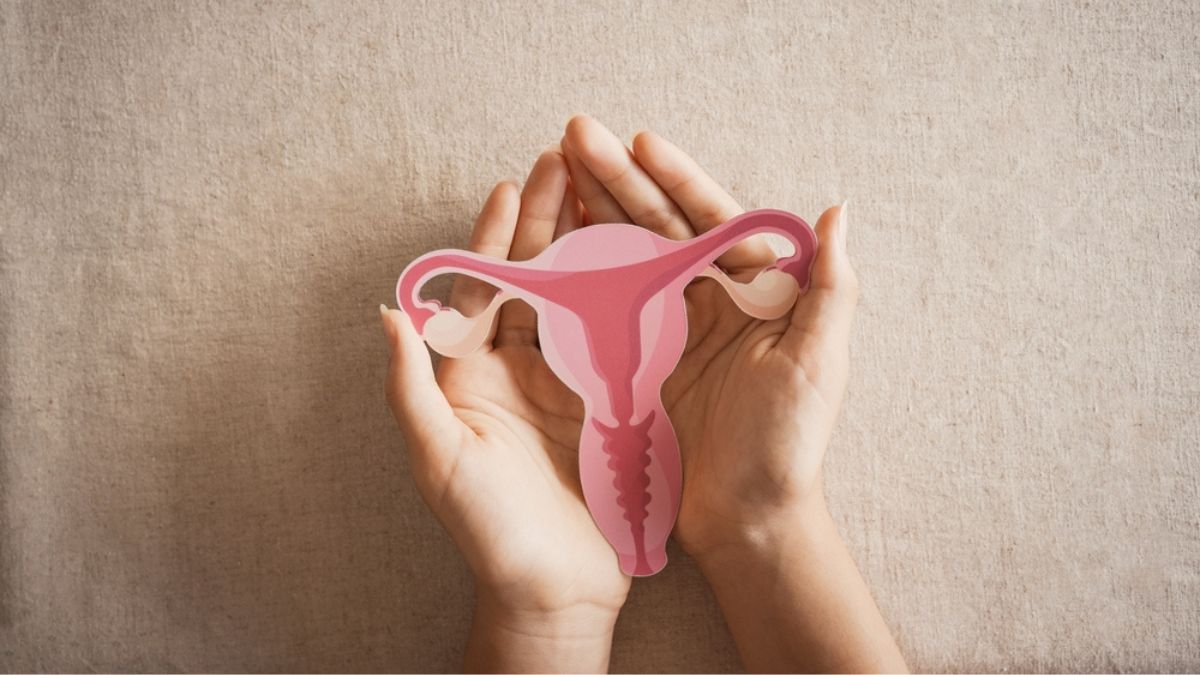Explainer: A guide for young women with fibroids

Uterine fibroids are increasingly affecting younger women, creating unique challenges for those in their reproductive years.
Fibroids are more common in younger women because of hormones. Fibroids grow when there is too much estrogen in the body. It is a hormone that serves as fertiliser for fibroids.
This is why we see more fibroids in young women than in older women said Dr. Manjula NV, Consultant - Department of Obstetrics and Gynecology, Ramaiah Memorial Hospital.
Most fibroids start growing when women are in their early 20s. This is also the time when many women want to have babies. That’s why fibroids are often found when women go to the doctor because they can’t get pregnant.
Fibroids cause more than 30 per cent of fertility problems in women. They also cause very heavy periods and painful periods.
According to Dr. Amita Shah, Chairman and HOD-Obstetrics and Gynecology at Manipal Hospital Gurugram, genetic predisposition plays a significant role. Women whose mothers or sisters have had fibroids face higher risks.
The impact of fibroids differs significantly between age groups.
In young women who are trying to conceive, fibroids affect fertility. Even when conception occurs, fibroids increase risks of miscarriage, intrauterine growth retardation, and preterm deliveries, leading to poorer maternal and neonatal outcomes.
Dr. Shah added that hormonal imbalances such as between the estrogen and progesterone levels are also linked to alterations in the endometrium, which is the lining of the uterus from where fibroids generally grow. Imbalances can happen due to an unbalanced diet, lack of exercise, stress, or disorders like PCOD.
While estrogen encourages growth of fibroids, progesterone limits the effects of estrogen on fibroids and can deter their growth and may limit their size.
While fibroids cannot be completely prevented due to genetic factors, early detection and management are key. Dr. Manjula emphasized that not all fibroids require intervention. Small, asymptomatic fibroids only need monitoring every six months.
Treatment options vary based on severity and symptoms. For fibroids causing heavy bleeding or severe pain, surgical intervention may be necessary. Myomectomy (fibroid removal) is preferred for women wanting to preserve fertility, while hysterectomy may be considered for older women who have completed their families.
Modern medical treatments now offer alternatives to surgery, with medications that can reduce or regress fibroid size. These non-surgical options provide hope for women seeking less invasive treatments.
The key is regular gynecological check-ups and early intervention when symptoms arise, ensuring better outcomes for women's reproductive health.
Health